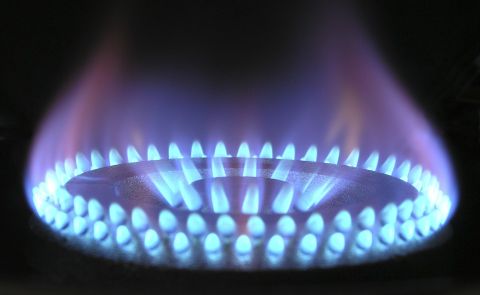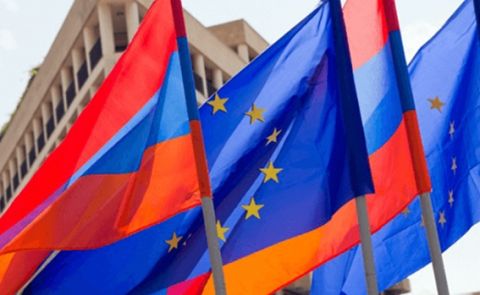
Armenian-Azerbaijani border war flares up again
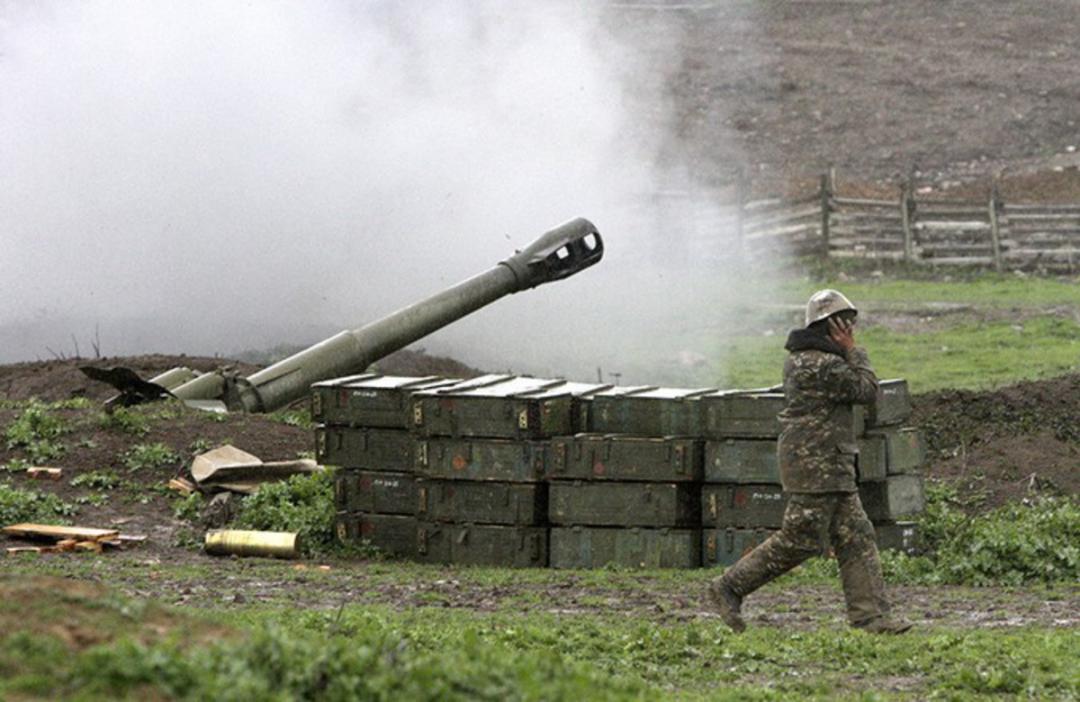
After a one-day break in the firing, the Armenian-Azerbaijani fighting on the international border flared up again on July 16. Heavy artillery and drones were again used by both sides, according to reports. Border villages were shot at in both Armenia and Azerbaijan, and several houses and other civilian objects were damaged or destroyed. An Azerbaijani civilian has been killed since the fighting began on July 12. Armenia, in turn, reported that a civilian has been injured on July 16.
As for military casualties, Azerbaijan reported another killed soldier on July 16. The number of victims rose to twelve soldiers and officers. Armenia has confirmed the loss of four soldiers since the beginning of the border lashes, and 36 others have been wounded.
German political scientist and Caucasus expert Stefan Meister said in an interview with DW that the West had underestimated the risk of a rapidly escalating military conflict between Armenia and Azerbaijan. The political scientist sees the economic problems that both countries are facing against the background of the ongoing pandemic as well as the factual standstill in the so far unsuccessful peace negotiations as the reasons for the current clashes.
The international reactions to the events at the border have so far been cautious. According to Thomas de Waal, British analyst from Carnegie Europe, Russia will try to restore the ceasefire. Similar to 2016, voices critical of Russia are currently heard in Azerbaijan and Armenia. While Baku is annoyed that Russia remains Armenia's protector, Yerevan is dissatisfied with the lack of support from his ally, de Waal said. Turkey fully supports Azerbaijan and has given up on its ambitions to present itself as a mediator. Iran is only an observer in this process and strives for good relations with both sides. In the end, despite being a co-chair of the Minsk Group, the United States once again stood out for its lack of engagement.
See Also

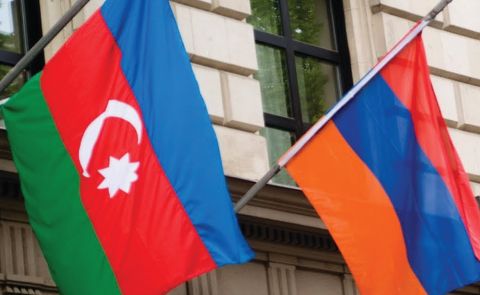
Armenia Reaffirms Peace Deal Readiness, Criticizes Azerbaijan's Preconditions

ING's Forecast for Azerbaijan Highlights Oil Price Risks and Gold Export Opportunities
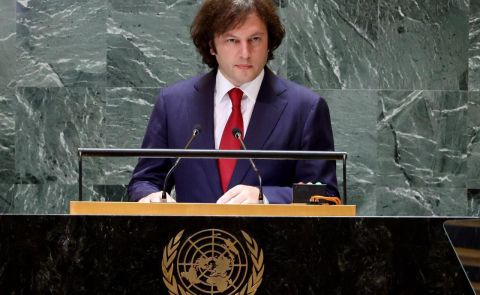
Georgian PM to Attend European Political Community Summit
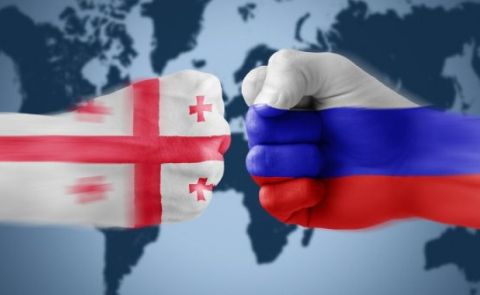
Putin Urges Georgia to Uphold Friendship Traditions, Signature Collection Begins in Tbilisi to Restore Ties
